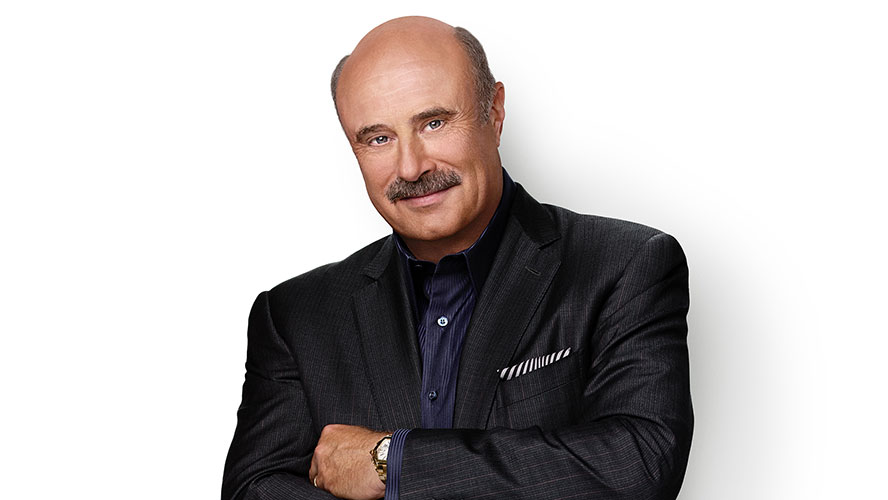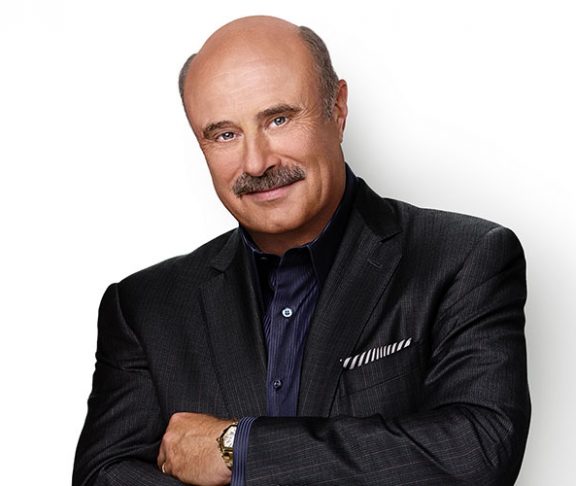We talked to Dr. Phil about his Type 2 diabetes diagnosis, living with the diagnosis as a celebrity and debunking misconceptions about diabetics.
Can you describe your diagnosis and how it subsequently affected your life?
I was diagnosed with Type 2 diabetes over 25 years ago. Though I was in really good shape, playing tennis competitively but I was experiencing energy deficits on a regular basis. I didn’t understand why. My physician enlightened me and it all made sense. I was relieved to know what I was dealing with and needed to manage. I had to change my lifestyle significantly, and it started with building a treatment “team” centered on my doctor and including myself and my family, and changing both what and how I ate. I’ve been successfully managing my condition. It is not always easy but it is always doable.
What changes did you make to your diet and exercise routine?
It was important for me to gather the best crew to support me. For me, that was talking to a nutritionist and involving my wife and family to support what I consumed and how I consumed it. I had to replace bad habits with new ones. Healthy eating, regular exercise, medication or blood sugar-monitoring are key to having a successful plan for Type 2 diabetes. To delay or prevent complications, following plans can help you control blood sugar levels. Every case is different and the plan needs to be customized to the individual. I tended to live a “feast or famine” lifestyle. I would go long periods without eating at all and then eat a large meal in a short time, or sometimes just one meal per day. After diagnosis, I spread my intake evenly across four meals throughout the day. I ate before I let myself feel hungry.
How does diabetes impact the life of a celebrity?
As someone with the opportunity to speak to millions, I feel responsibility to speak out and direct others to resources. My personal challenge is that I sometimes find myself on camera for long periods of time, making it difficult to stay with small meals spread throughout the day. As a result, I “stretch” my intervals beyond the ideal. The important thing is to get to a level of compliance with my program at the first opportunity.
What advice would you give to people who are pre-diabetic or at a heightened risk of contracting diabetes?
Old sayings get to be old sayings for a reason. “An ounce of prevention is worth a pound of cure” is a great example. Adapting a lifestyle that programs your body for healthy balance eating healthy well-spaced meals, maintaining a consistent exercise regimen and making regular visits to your doctor can go a long way to avoiding a diagnosis.
Are there any misconceptions about diabetics you wish to clear up?
Some mistakenly believe [Type 2] is a disease of the lazy, slovenly, overweight and undisciplined. That is not the case. You can have a great exercise routine but still need medication and a food plan. There are many factors that contribute to who can become a Type 2 diabetic including genetics, certain pregnancies and comorbidities. Type 2 is something to manage, not something to feel shame about.
How do you continue to spread awareness about the disease?
I speak openly about my personal experience with the disease in hopes of guiding people to available resources and to break the stereotypes about those who have the disease. Replacing myth with fact can save lives. I have also partnered with AstraZeneca to create a free online educational program to help both those at risk and those with the disease. It is called “Get On It.”

